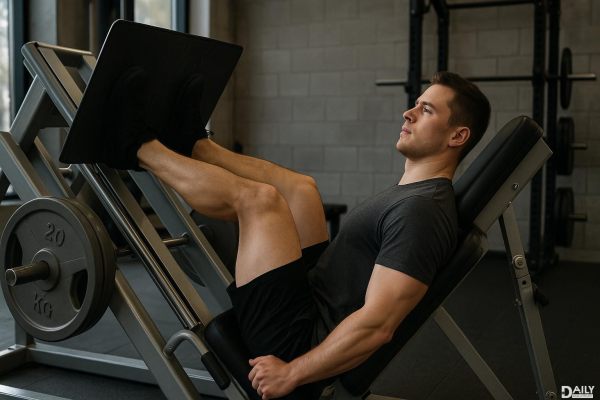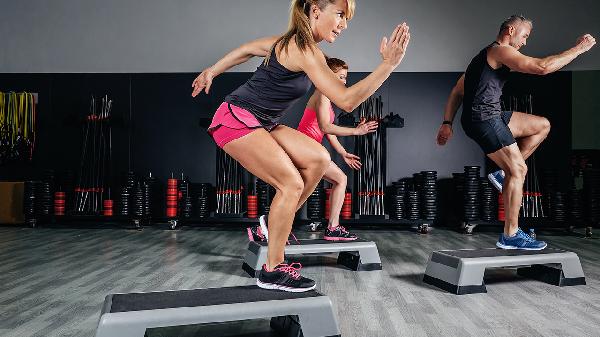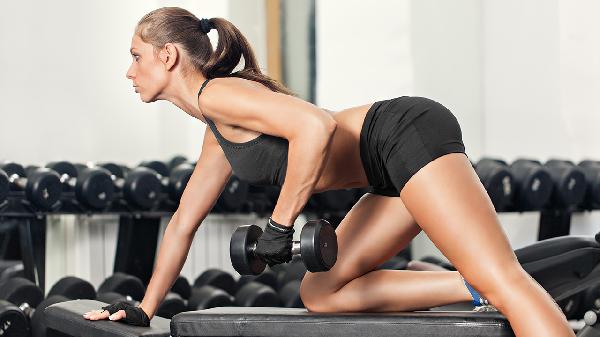The fire hydrant exercise might seem like a throwback to the Jane Fonda era, but don’t let its retro vibes fool you—this move is a legit glute-builder that deserves a spot in your modern workout routine. Unlike flashy gym machines or complicated equipment, fire hydrants are all about simplicity and effectiveness, targeting those often-neglected side glutes (the gluteus medius) while still giving your gluteus maximus some love. And let’s be real—who doesn’t want a stronger, more sculpted backside without needing a gym membership?
Why Fire Hydrants Are a Glute Game-Changer
If you’ve ever struggled with weak hips, poor lateral movement, or just feeling wobbly during side-to-side motions, fire hydrants might be your new best friend. The gluteus medius plays a huge role in stabilizing your pelvis and keeping your knees aligned, which means this exercise isn’t just about aesthetics—it’s about function, too. Think of it as the unsung hero of lower-body strength, quietly working behind the scenes to improve your athletic performance, balance, and even everyday movements like stepping sideways to avoid a rogue shopping cart at the grocery store.
Breaking Down the Fire Hydrant Movement
Here’s the deal: Fire hydrants look exactly like what you’d imagine—a dog lifting its leg at a fire hydrant (hence the name). But don’t worry, you’ll look way cooler doing it. Start on all fours with your hands under your shoulders and knees under your hips. Keeping your core engaged and your back flat, lift one leg out to the side, knee bent at 90 degrees, until your thigh is roughly parallel to the floor. Pause at the top, squeeze those glutes, then slowly lower back down. The key here is control—no wild swinging or momentum cheating. Quality over quantity, always.
Common Mistakes (And How to Fix Them)
Even though fire hydrants seem straightforward, there are a few sneaky mistakes that can turn this exercise into a wasted effort. First up: letting your lower back sag. If your core isn’t engaged, you’re putting unnecessary strain on your spine instead of focusing on your glutes. Another big one? Rushing through reps. This isn’t a race—slow, controlled movements will fire up your muscles way more than fast, sloppy ones. And finally, avoid rotating your hips too much. Your pelvis should stay square to the ground; if it’s tilting or twisting, you’re losing tension in the right places.
Leveling Up Your Fire Hydrants
Once bodyweight fire hydrants start feeling too easy (and trust us, they will if you’re consistent), it’s time to kick things up a notch. Resistance bands are a game-changer here—loop one around your thighs just above your knees to add extra burn. You can also try a weighted version by strapping an ankle weight onto your working leg. And for the truly adventurous, fire hydrant pulses at the top of the movement or holding the lifted position for a few seconds can take the intensity to the next level.
Incorporating Fire Hydrants Into Your Routine
Fire hydrants work great as part of a warm-up to activate your glutes before squats or deadlifts, or as a finisher to really torch your muscles at the end of a workout. Try pairing them with other glute-focused moves like clamshells or donkey kicks for a killer lower-body burn. Aim for 2-3 sets of 10-15 reps per side, focusing on form over speed. And if you’re feeling extra spicy, try a fire hydrant challenge—30 days of daily reps and watch how much stronger (and perkier) your backside gets.
At the end of the day, the fire hydrant is proof that you don’t need fancy equipment to build serious strength. Whether you’re a gym rat or a home workout warrior, this move is a simple, effective way to target those stubborn side glutes and improve your overall lower-body stability. So next time you’re scrolling through workout videos wondering what to do, skip the complicated stuff and just hit a few sets of fire hydrants—your glutes will thank you later.
























